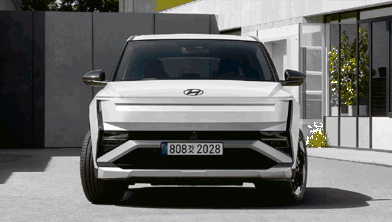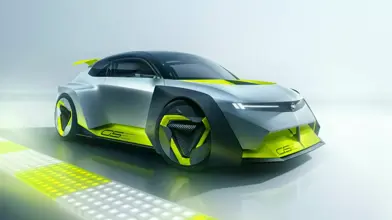The first New Zealand assembled Minis were rolling out of two plants in Auckland and Petone exactly 60 years ago, in a rapid introduction of the then-revolutionary small car. Tough import licence restrictions meant the only way to achieve a good supply of cars was to build them locally.
The first local Minis went on sale here in February 1960. In the 40-year time span of the original classic model, more than 60,000 New Zealanders would buy a new Mini.
Initial shipments of completely knocked down (CKD) Minis arrived from the UK in packs of 48. Local content included the radiator, ignition coil, spark plugs, battery, window glass, seat frames, headlining, interior trim, boot mat, paint and tyres.
Morris versions were first built in Auckland’s Newmarket on the site where the Westfield shopping centre now stands and the Austin-badged Minis were assembled at the Associated Motor Industries Petone plant.
Four years later assembly transferred from Newmarket to Panmure and eventually other versions of the car were in build, including the Mini van, Mini ute, Clubman and Clubman GT.
The New Zealand Motor Corporation’s Nelson plant also assembled the Mini for a limited time. Between January 1960 and October 1976, 58,793 Minis were made in NZ.
Local Mini production ended in 1980, and small numbers of British-built cars continued to arrive until the classic model ended its run in September 2000. In a car-starved NZ of the 1960s, there were nearly always more customers than vehicles.
Austin and Morris were part of the BMC brand which had huge coverage in New Zealand, with a dealer in virtually every moderately sized town.
Dominion Motors, the Morris distributor, told its dealers: “There is not the slightest doubt that the majority of people in this country are now referring to the ADO15 (the British project number for the car) as the ‘Mini Minor’ irrespective of whether they are talking about the Morris or Austin version.”
In Auckland on launch day, 200 guests were treated to an evening function in the Newmarket showroom, just a few hundred metres from the factory. Department stores had Minis on show and there was no doubt the little car was the talk of the town.
The Christchurch dealer placed a Mini on a high platform decorated with plants. Small towns joined in the fun. Stewart Greer Motors, the Waipukurau dealer, invited the town’s schoolmaster to bring his senior pupils along. The next day the headmaster posed 20 questions about the Mini and was amazed at the knowledge the students had retained.
The Mini-Minor and Austin Seven name tags were abbreviated to simply Mini when the Morris and Austin brands later merged.
The Mini was not simply another new model destined to change the face of motoring. It was a sensation on wheels.




